Forget Michelin stars—the real pastry legends wore aprons, wielded rolling pins like battle axes, and measured butter in “just enough” increments.
These are the treats that built childhoods, the cakes that sparked family feuds over who got the corner piece, and the cookies that somehow survived two world wars but can’t survive your uncle’s sweet tooth.
1. Schwarzwälder Kirschtorte (Black Forest Cake)

Whoa! This decadent chocolate cake layered with whipped cream and cherries isn’t just a dessert—it’s a cultural icon from Baden-Württemberg!
Soaked in kirschwasser (cherry schnapps), each bite delivers a boozy cherry surprise beneath a blanket of chocolate shavings. Traditionally served at celebrations, this cake has been making Germans swoon since the 1930s.
2. Apfelstrudel (Apple Strudel)
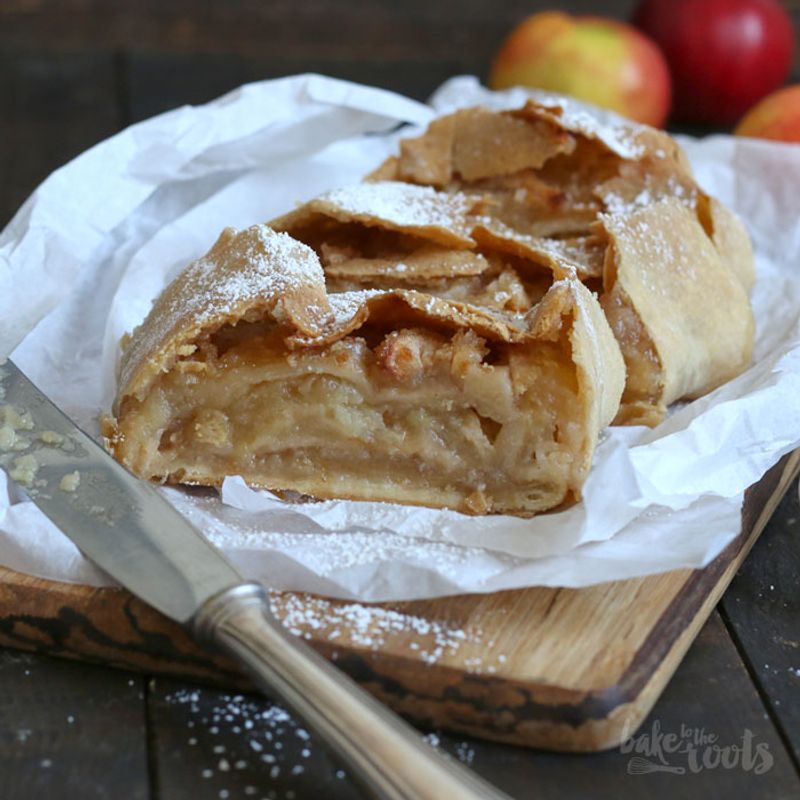
Have you ever witnessed the magic of paper-thin pastry wrapped around spiced apples? Though often associated with Austria, Germans have embraced this delicacy as their own!
Cinnamon-scented apples mingle with raisins and nuts inside a crispy, flaky shell. Served warm with vanilla sauce or ice cream, it’s no wonder this treat has conquered hearts worldwide.
3. Berliner Pfannkuchen (Jelly Doughnuts)
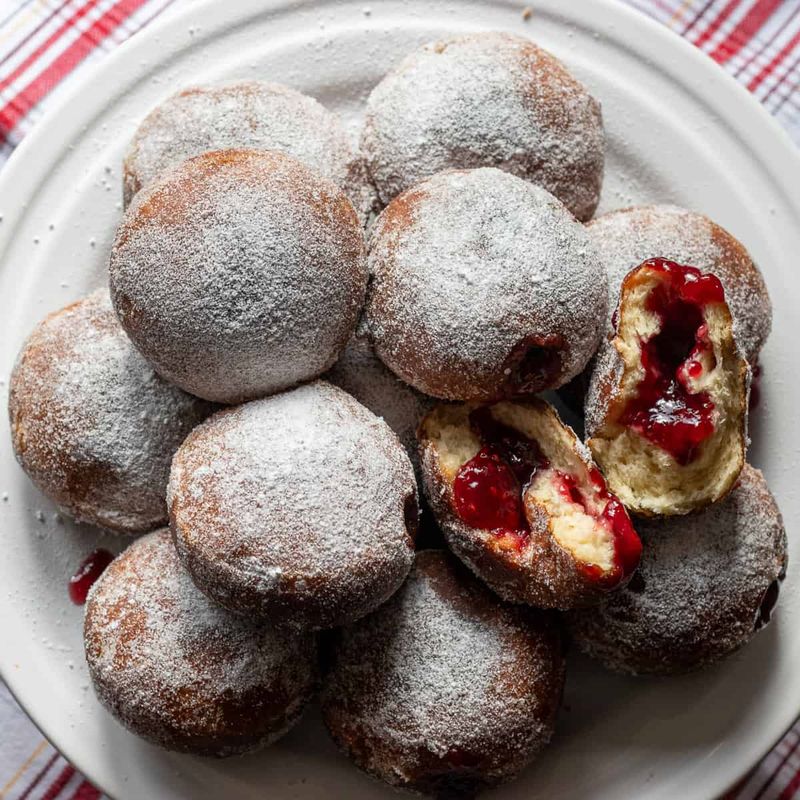
If JFK had actually said “Ich bin ein Berliner,” he’d have declared himself one of these delightful jelly-filled pastries! Round, fluffy, and utterly irresistible.
Traditionally eaten during Carnival season, these fried dough balls hide sweet raspberry or plum jam centers beneath their sugar-dusted exteriors. Germans stand in bakery lines for these treats—proof that some things are worth the wait!
4. Bienenstich (Bee Sting Cake)

Though nobody gets stung while enjoying this heavenly creation, the honey-almond topping might explain its curious name!
Sandwiched between caramelized almond layers lies a cloud of vanilla custard cream. Legend claims this cake was created after bakers threw beehives at raiders, sending them running while the town celebrated with this sweet invention.
5. Rote Grütze (Red Berry Pudding)
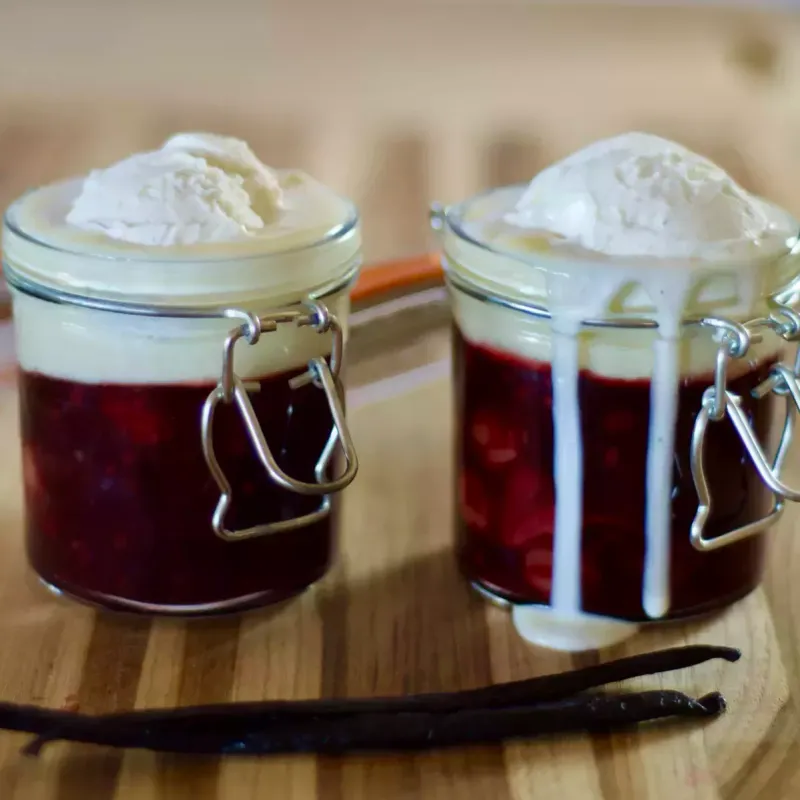
Summer in Germany wouldn’t be complete without this vibrant red berry pudding that practically sings with freshness! Raspberries, strawberries, and currants create a symphony of tartness.
Served chilled with a generous pour of vanilla sauce or cream, this dessert offers the perfect balance between sweet and tangy. Northern Germans particularly cherish this refreshing treat during warm months.
6. Lebkuchen (German Gingerbread)

What if I told you these spiced cookies have been delighting Germans since the 13th century? Nuremberg’s most famous export brings Christmas cheer year-round!
Unlike their crunchy American cousins, German lebkuchen tend toward softness, packed with nuts, candied citrus, and warm spices like cinnamon and cloves. Some varieties come decorated with intricate icing designs or dipped in chocolate.
7. Käsekuchen (German Cheesecake)

Forget everything you know about New York cheesecake—German Käsekuchen marches to its own delicious beat! Made with quark (a fresh dairy product) instead of cream cheese.
Lighter and less sweet than American versions, this cheesecake often features a hint of lemon zest and sometimes raisins. The distinctive taste comes from quark’s slight tanginess, creating a dessert that won’t weigh you down!
8. Zimtsterne (Cinnamon Stars)

Ever wondered why German Christmas markets smell so heavenly? These star-shaped almond cookies might be the culprit!
Made without flour, these naturally gluten-free treats combine ground almonds, egg whites, and generous cinnamon, topped with a crisp meringue glaze. Germans start baking these in early December, filling cookie tins that mysteriously empty before Christmas arrives!
9. Pfannkuchen (German Pancakes)
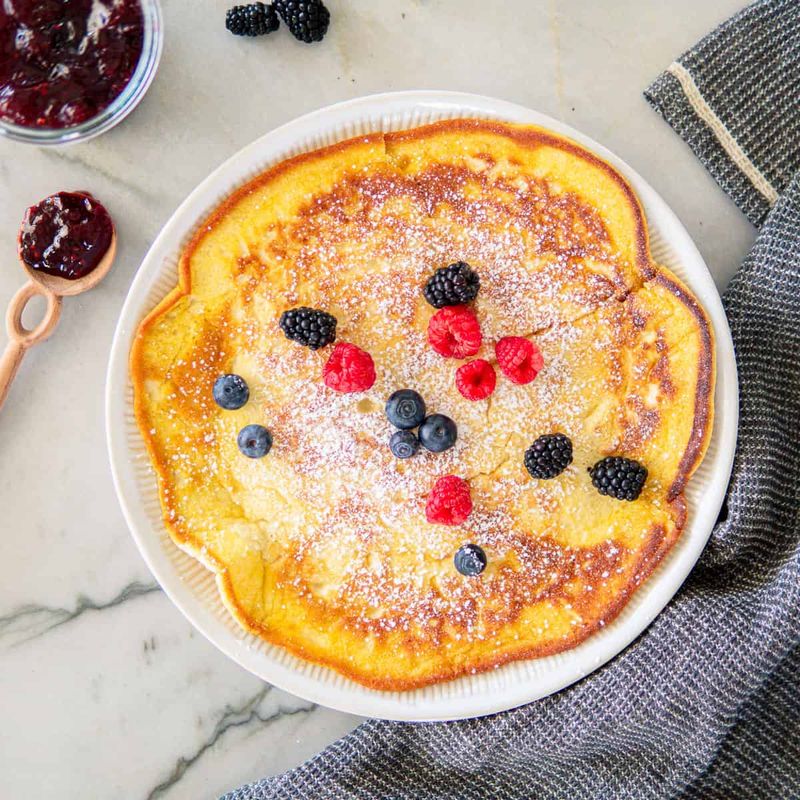
Holy crepe! These thin, delicate pancakes aren’t just for breakfast—Germans enjoy them as dessert filled with sweet delights!
Rolled around fresh fruit, Nutella, or sprinkled with cinnamon sugar, these versatile treats are much thinner than American pancakes. Children particularly love when Oma serves these with applesauce or preserves from summer fruits.
10. Zwetschgenkuchen (Plum Cake)
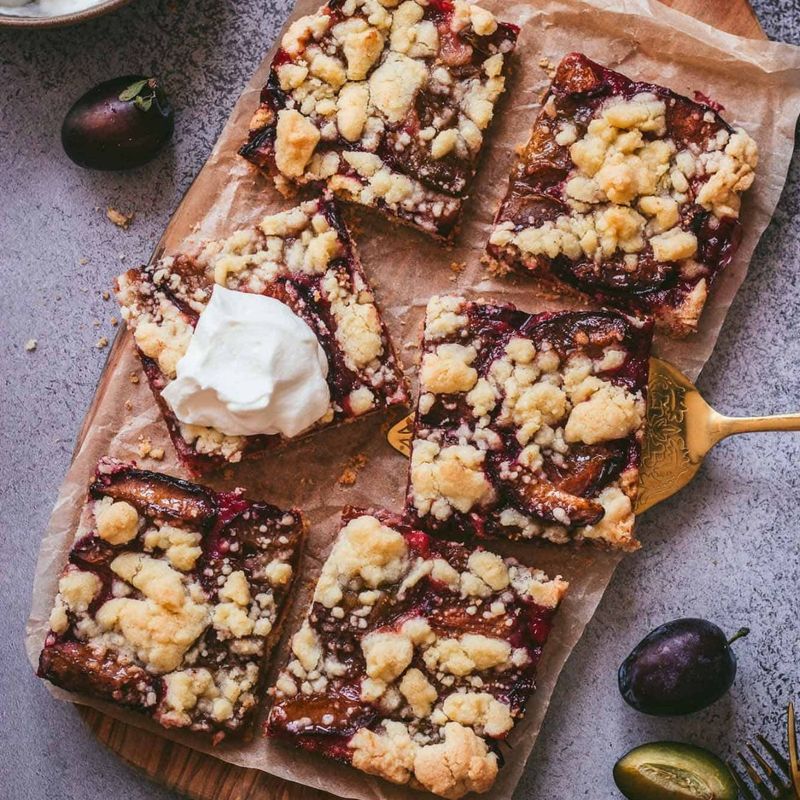
Late summer brings a special treat to German tables when Italian plums (zwetschgen) ripen and transform into this beloved sheet cake!
Arranged in neat rows atop a yeast dough, these purple-blue fruits caramelize slightly during baking. Some Omas sprinkle streusel on top, while others prefer the simple elegance of fruit, dough, and a dusting of sugar.
11. Windbeutel (Cream Puffs)

Though their name translates to “wind bags,” there’s nothing empty about these delightful cream-filled pastries that collapse with the gentlest bite!
Crisp choux pastry shells cradle mountains of whipped cream, sometimes adorned with fruit or chocolate sauce. Found in traditional Konditorei (pastry shops) across Germany, these treats pair perfectly with afternoon coffee.
12. Mohnkuchen (Poppy Seed Cake)
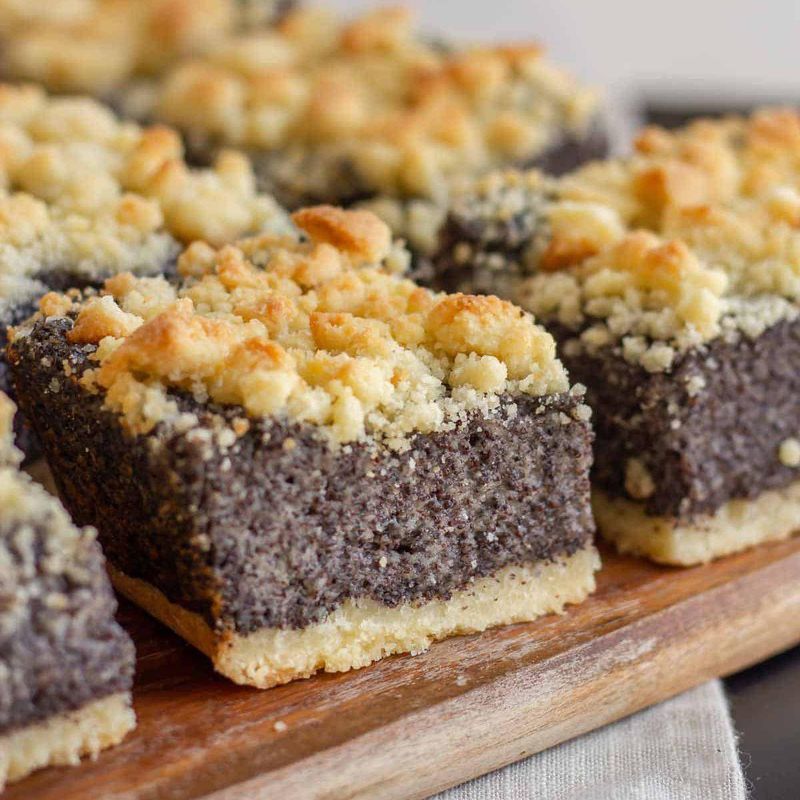
Behold the hypnotic swirls of dark blue-black poppy seeds that make this cake a visual masterpiece! Germans have elevated poppy seeds from mere decoration to star ingredient.
A thick layer of sweetened poppy seed filling sits atop or within a buttery cake base, often with a hint of lemon. Popular in central and eastern regions, this dessert showcases Germany’s connection to Slavic culinary traditions.
13. Spritzkuchen (German Crullers)
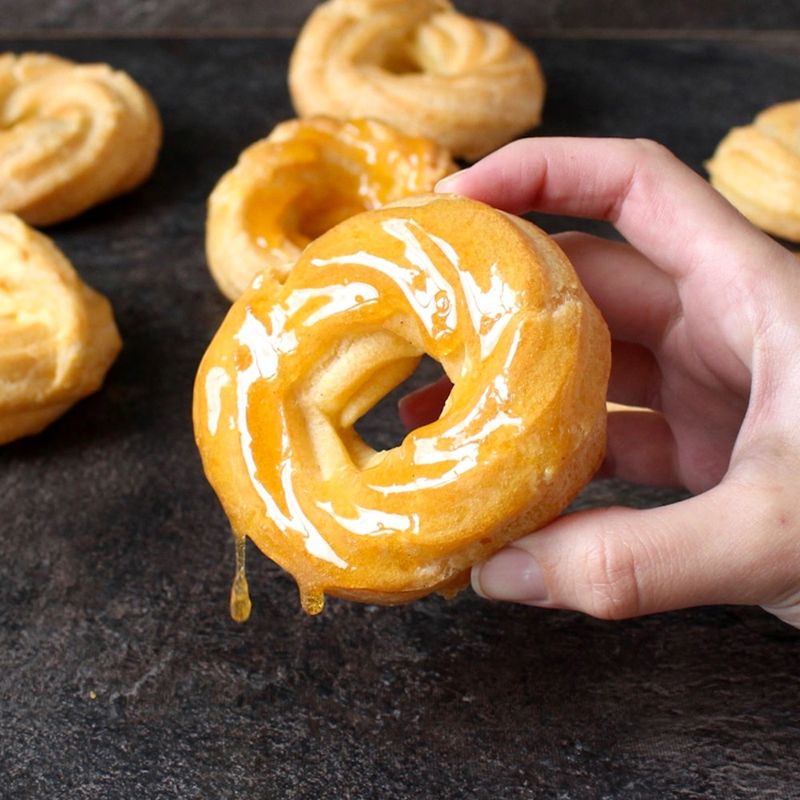
Imagine bicycle tire-shaped fried pastries that shatter delicately between your teeth! These distinctive treats feature ridged rings of choux pastry fried to golden perfection.
Dusted with powdered sugar or glazed with a thin sugar coating, these airy delights contain pockets of emptiness surrounded by crisp pastry. Often enjoyed at carnivals and Christmas markets, they’re irresistible when fresh and warm.
14. Quarkspeise (Quark Dessert)
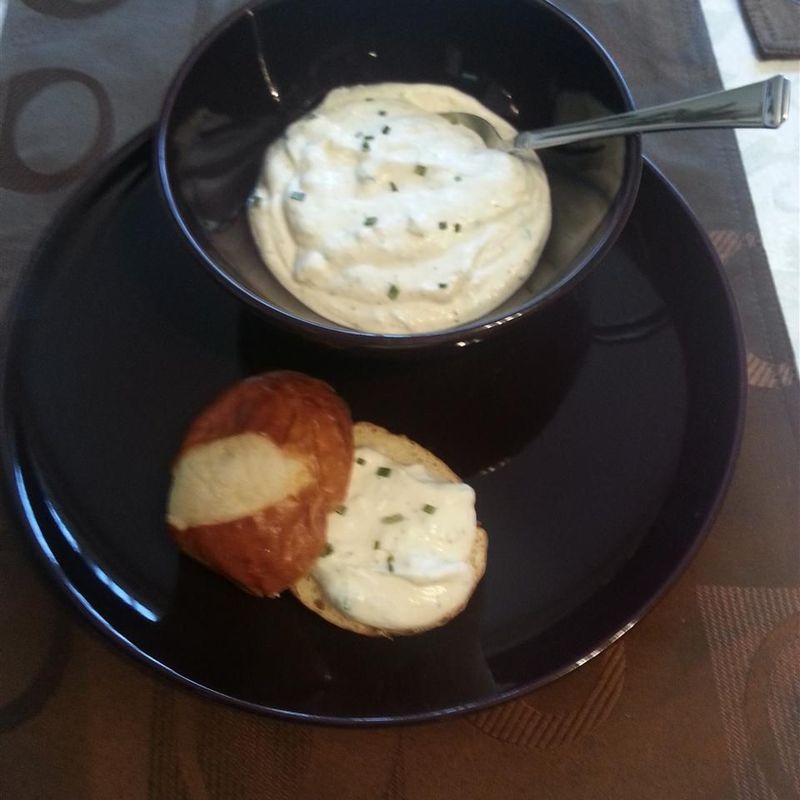
Could anything be simpler yet more satisfying than this creamy, protein-rich treat? Germans transform humble quark (similar to cottage cheese but smoother) into dessert magic!
Mixed with fruit, vanilla, or lemon, this versatile dessert appears in countless variations across German homes. Light yet satisfying, it’s often a weeknight dessert that doesn’t require baking—just the kind of recipe Omas perfect over decades.
15. Dampfnudeln (Steamed Sweet Dumplings)
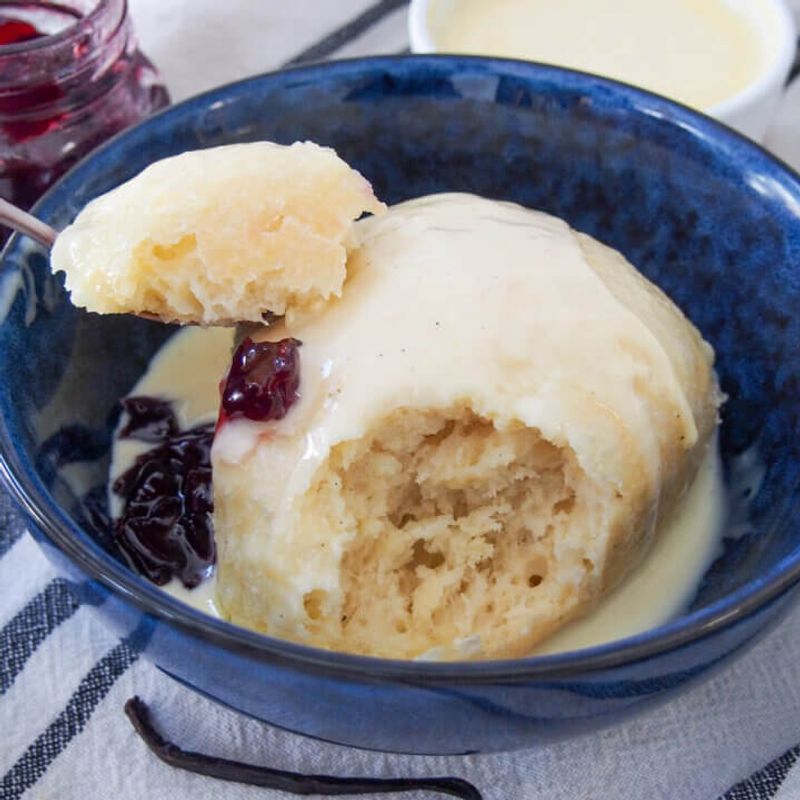
Half bread, half dessert, these magical yeast dumplings feature a crispy golden bottom and fluffy steamed top that will make your taste buds dance!
Served with vanilla sauce, fruit compote, or even savory accompaniments in some regions. Southern Germans particularly treasure this versatile dish that straddles the line between main course and sweet finale.

